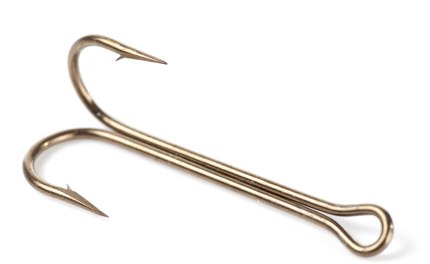Here’s yet another study documenting unexpected value that can be obtained from regular exercise – even at lower activity levels.
Regular Exercise May Boost Pain Tolerance
In this case, the benefit is in terms of tolerance for pain. To quote the research: “In a large observational study of more than 10,000 adults, researchers found those who consistently engage in moderate-to-vigorous physical activity over the 7- to 8-year study period reported the highest pain tolerance. However, the results also showed that even light exercise was associated with greater pain tolerance.”
That does suggest that adding an exercise regimen could directly enhance quality of life for patients who suffer from chronic pain. Especially that subgroup who’ve been diagnosed with Chronic Pain Syndrome (CPS).
Chronic pain itself is quite common and generally defined as pain lasting for several months. However, somewhere in the neighborhood of 25% of chronic pain sufferers will qualify as having Chronic Pain Syndrome — a condition where symptoms extend beyond pain itself, to include depression and anxiety — to the extent it interferes with their functioning on a daily or near-daily basis. Not surprisingly, those cases can be the most difficult to treat, and also at risk for opioid abuse and addiction.
We’ve known for several decades that regular exercise, even the mild sort, helps lessen symptoms of depression. It comes as no surprise that it may also help with CPS and the mood problems that accompany it.
There are obstacles. People who are depressed, or in pain, or both, aren’t likely to feel much like exercising. It’s a struggle simply to motivate themselves. That’s why most experts recommend a structured program of physical activity, usually in a group setting, as a way to get and keep things going.
The first example of this approach involved running, of the sort often abbreviated as LSD (‘long slow distance’). Here’s a previous post on the topic.
Of course, running’s only one of many paths to the same goal. I’d encourage anyone dealing with chronic pain to at least investigate a revised exercise regimen.
Sure, it’s a bit more work than simply popping a pill. Still, it might actually be more effective. And safer.












